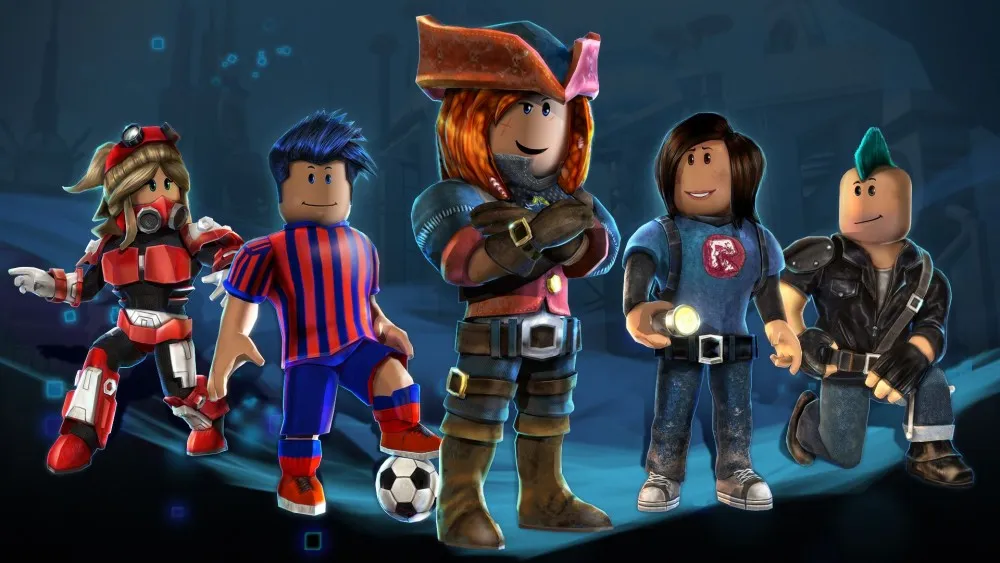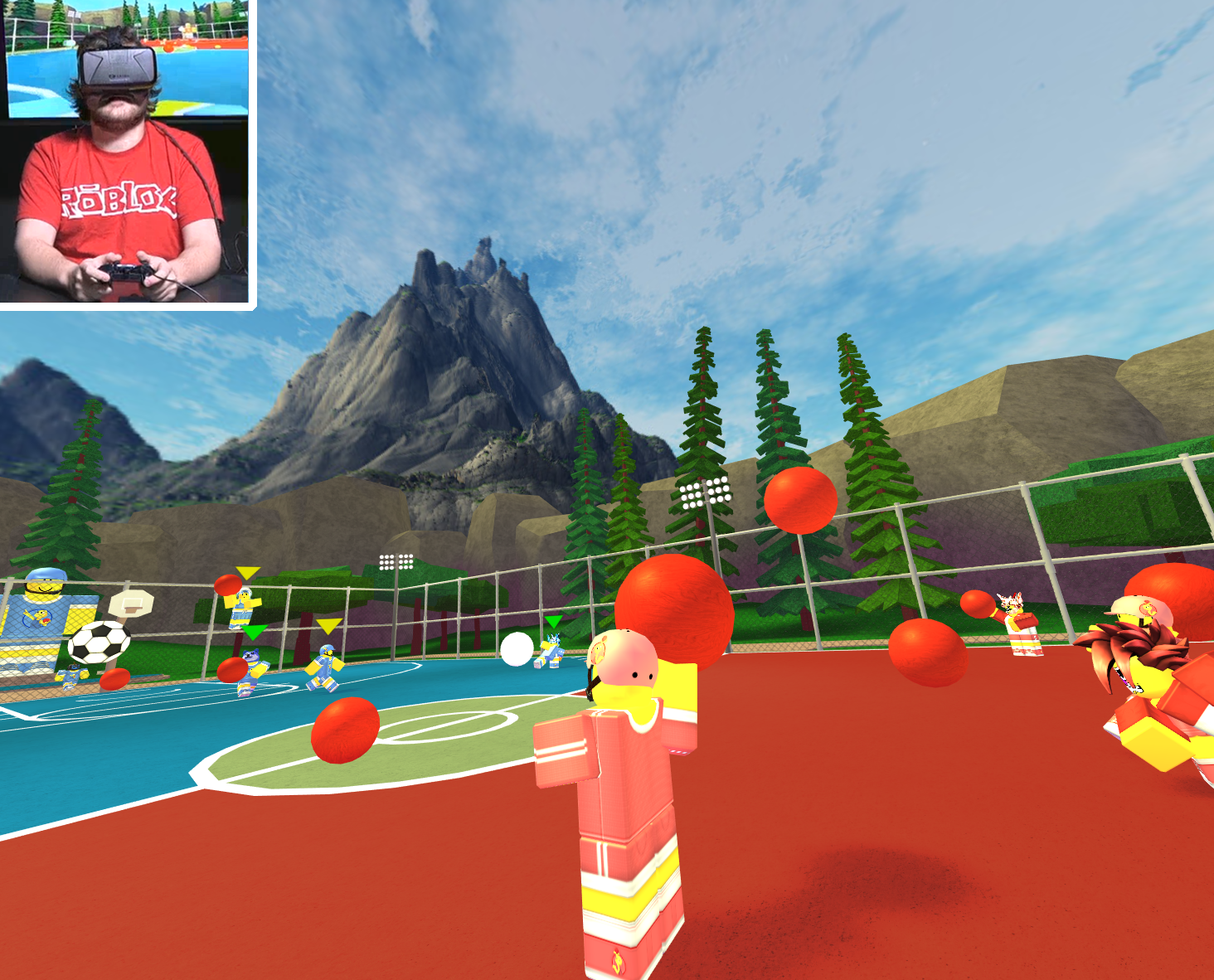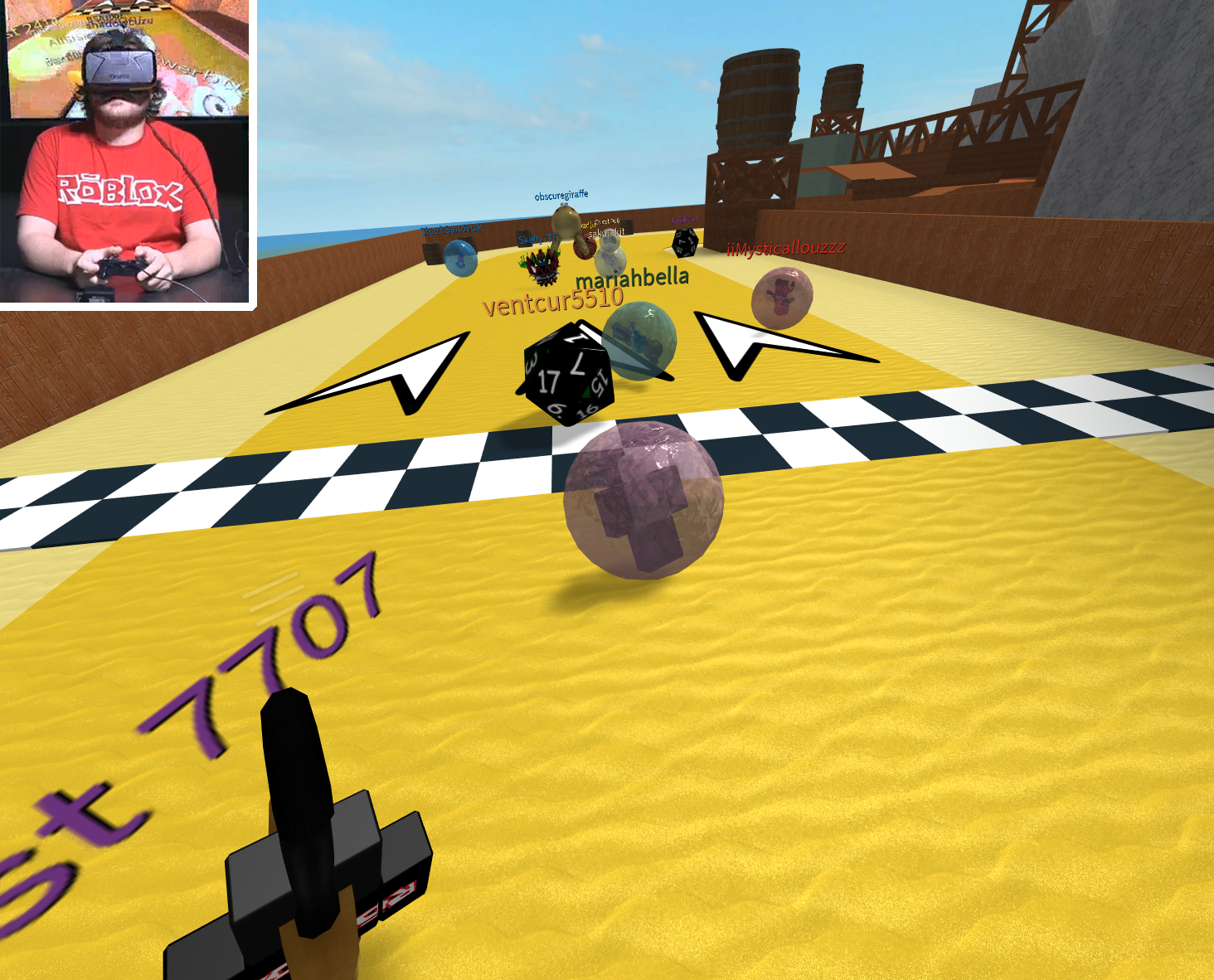Experiencing things in VR, with other people, in a social context, is where the future of interactive entertainment is headed. Companies like Oculus understand the importance of delivering social experiences. Facebook is going all-in with their social VR integration plans. Now, one of the largest and most popular user-generated content platforms on the planet, ROBLOX, is officially receiving VR integration.
This update not only makes ROBLOX the largest social VR platform in terms of sheer number of users and amount of content, but it also expands VR to allow for cross-platform integration across devices. Users on standard PC interfaces, mobile devices, tablets, Xbox, and now the Oculus Rift, all coexist and play together as one community. No fragmentation and no difficulty finding people to play with or things to do.
For those unaware, ROBLOX is kind of like a more flexible and diverse version of Minecraft that existed before Minecraft was a thing. ROBLOX is to Garry’s Mod what Minecraft is to LittleBigPlanet, for a loose and generalized comparison.
“ROBLOX is now the largest social VR platform in the world in terms of user count, hours of engagement, simultaneous players and volume of content,” said David Baszucki, CEO of ROBLOX. “Together with our creators, we are providing the most immersive social experiences in the history of user-generated gaming. With VR, we are changing gaming and entertainment as a whole by bringing imagination to life.”
Over 20 million people check out ROBLOX every month and over 300,000 of those people are regular contributors and creators on the platform. The thing that makes ROBLOX so unique is that it’s one of the most open and flexible sandboxes out there. Users can make all sorts of experiences in all sorts of genres – it’s not limited to just tweaking the layout of obstacles in a platforming game or building things.
And the measures they’ve taken to adapt ROBLOX into a VR experience were much more robust than many other VR ports we’ve seen. Instead of just simply adding head-tracking to simulate a VR experience, they’ve really redesigned some of the ways you interact and experience the game. Things like an optional first-person or third-person view and even a reduction in speed and acceleration add more flexibility and comfort for users that struggle with VR sickness issues.
Even more importantly though is ROBLOX’s appeal and potential as a learning and development platform. People that build in ROBLOX aren’t just poking around in a glorified level editor, but many of them are making money by selling their assets and gaining skills that they can then go on to apply to careers in game development. Which also means ROBLOX is one of the first applications that users can sell things in and make money from on the Oculus Rift.
With over 15 million total games and experiences created for people to try inside the worlds of ROBLOX, bringing it into VR was a no-brainer. Cross-platform multiplayer across all devices dramatically expands the audience and the integration of VR support will serve as a fantastic launching pad for ROBLOX to remain relevant and successful as the industry continues to evolve over time.




























